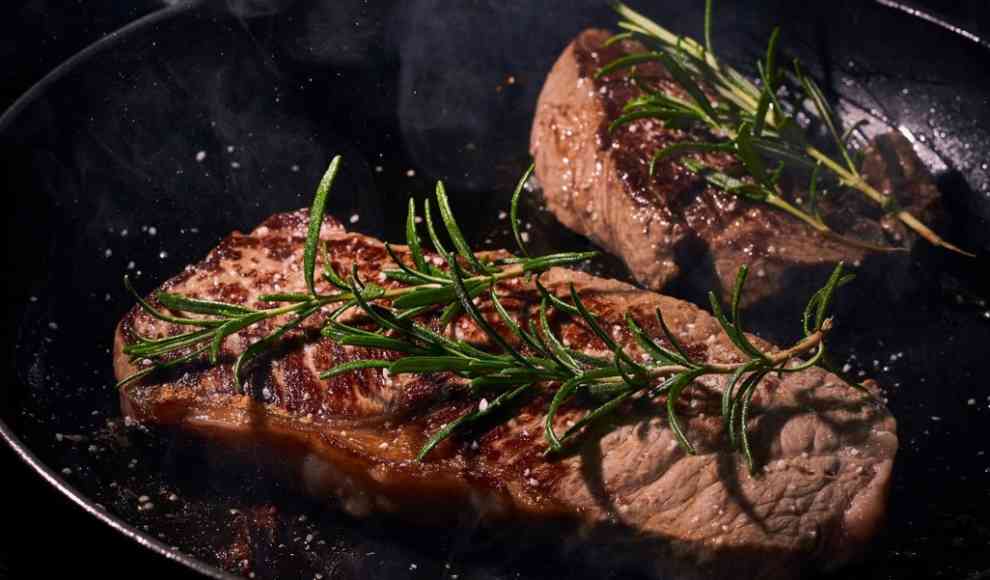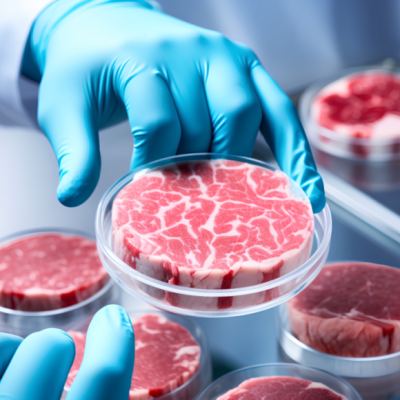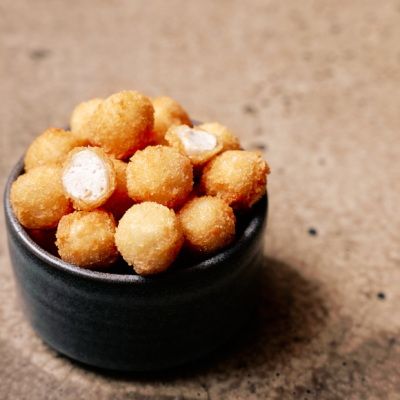A new production method for lab-grown meat is being developed that could revolutionize the industry. Currently, lab-grown meat is made up almost entirely of muscle cells, which means it lacks the authentic taste of real meat. However, scientists at McMaster University in Canada are working on a process that incorporates fat into the lab-grown meat, improving its taste and texture. The researchers grew muscle and fat cells from precursor cells and then stacked them together to create thicker, more stable tissue. The fat content of the final product can vary between 5 and 35 percent, allowing for the creation of meat with a realistic marbling effect.
Lab-grown meat is a growing industry, with companies like Redefine Meat and Mosa Meat working to create meat alternatives that are indistinguishable from real meat. However, the lack of fat in current lab-grown meat products means that they don’t taste quite like the real thing. The new production method being developed by McMaster University could change that. By incorporating fat into the lab-grown meat, the researchers are able to create a product that is more similar in taste and texture to real meat.
The process involves growing muscle and fat cells from precursor cells and then stacking them together to create thicker, more stable tissue. The fat content of the final product can vary between 5 and 35 percent, allowing for the creation of meat with a realistic marbling effect. The researchers have so far only produced rabbit meat using this method, but they believe it could be used to create lab-grown beef, pork, and chicken as well. While there is still work to be done before the lab-grown meat produced using this method is ready for market, the researchers are optimistic about its potential.










